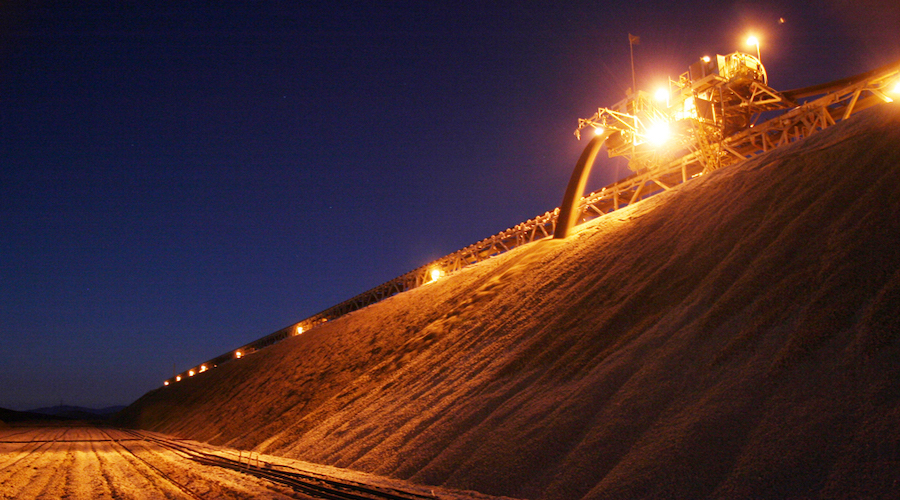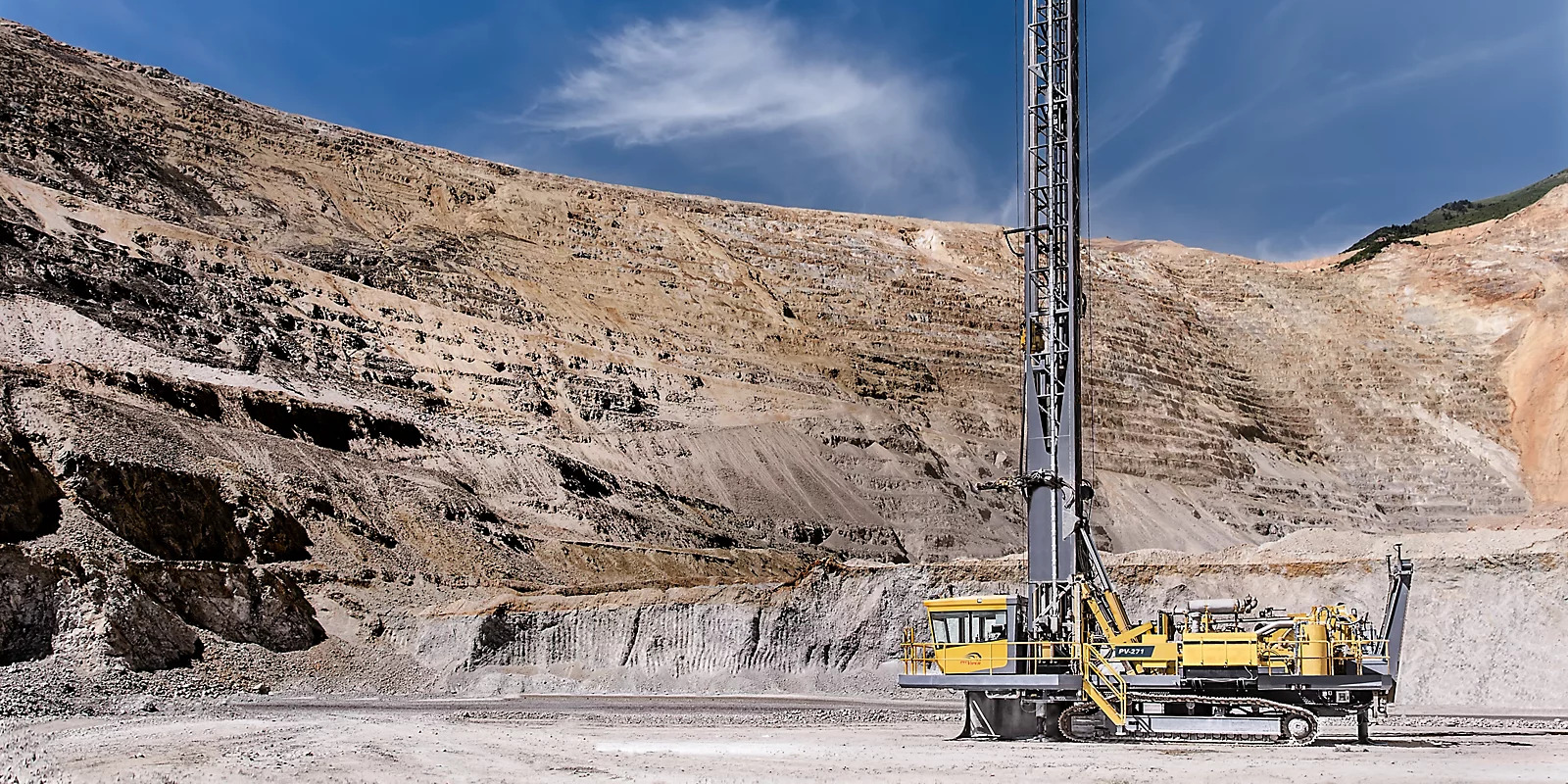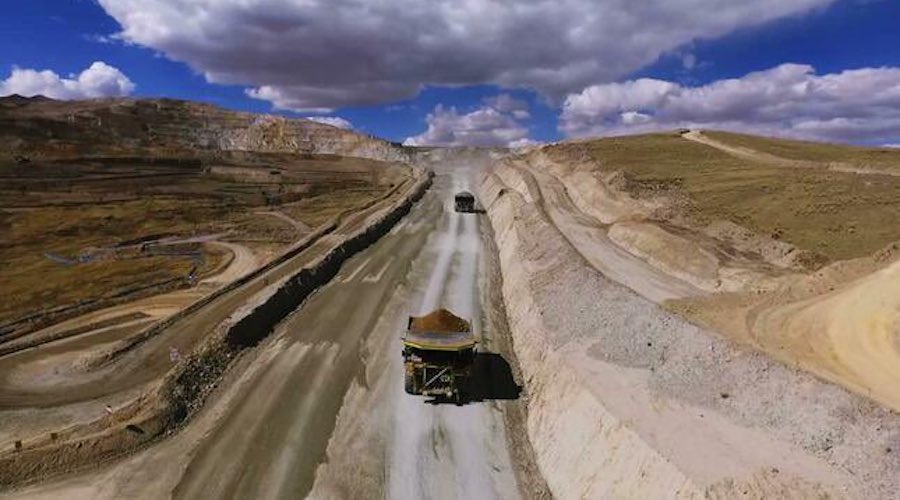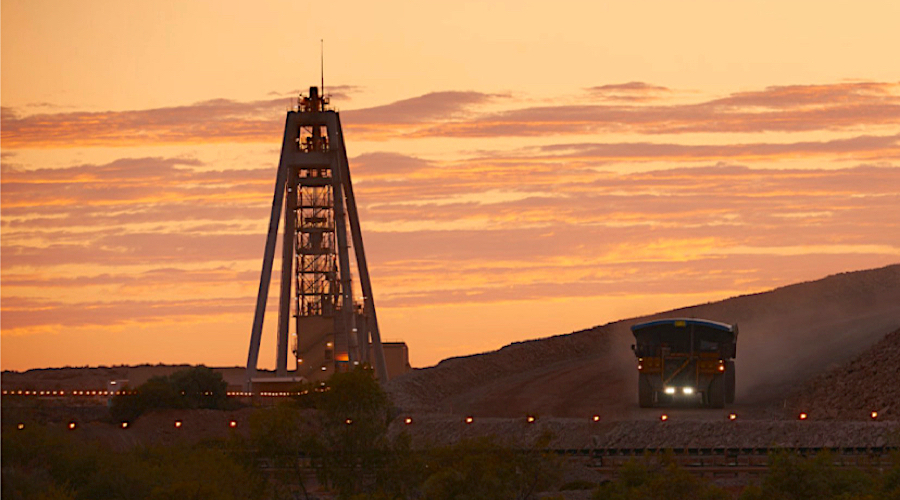Antofagasta agrees lower 2024 copper charges with Chinese smelter

Chilean miner Antofagasta agreed treatment and refining charges (TC/RCs) of $80 a metric ton and 8 cents per pound with Chinese smelter Jinchuan Group for copper concentrate supply next year, three sources said on Saturday.
The charges, paid by miners to smelters to process ore into refined metal, are 9% lower than the 2023 benchmark level, agreed around the same time last year, of $88 a ton and 8.8 cents per pound.
Antofagasta declined to comment and Jinchuan did not respond to a request for comment.
Global miners and China’s largest smelters typically negotiate their copper concentrate contracts and settle TC/RCs at this time of year for the following year.
TC/RCs rise when more supply is available and smelters can demand better terms on feedstock, and fall when supply tightens.
Jinchuan is China’s fourth largest copper producer. It is not clear if other smelters will agree to the same pricing in their negotiations with Antofagasta and other miners.
A group of top smelters was due to discuss the issue on Saturday, said a source, declining to be identified due to the sensitivity of the issue.
This year’s copper charges, set by global miner Freeport-McMoRan Inc and Chinese smelters, were at a six-year high.
Participants in the market polled by Reuters prior to this week’s negotiations had largely forecast the 2024 TC benchmark to stay at or below this year’s level.
Copper concentrate supply is expected to be adequate next year and China’s top copper smelters had already lifted their floor TC/RCs in the third and fourth quarter to a six-year high at $95/9.5c due to abundant supply.
However, a recent ore processing reduction at First Quantum Minerals’ Cobre Panama mine due to protests had complicated negotiations for next year’s charges, sources told Reuters this week.
Uncertainty around how much supply from Freeport-McMoRan’s Grasberg mine in Indonesia will be available from June next year after their export permits expire had also created some difficulty in forecasting the market balance.
(By Mai Nguyen, Julian Luk and Siyi Liu; Editing by William Mallard and Kirsten Donovan)
More News
Epiroc wins largest order in history with A$350M contract from Fortescue
April 16, 2025 | 10:18 am
{{ commodity.name }}
{{ post.title }}
{{ post.date }}




Comments
José Vilca
Mineria toda subterránea, con minirectores, se elimina 7 etapas de la mineria actual, con lo que se paga el reactor, por ejemplo Tia Maria, debe evitar conflictos con mineria subterránea. Una línea de tren subterránea al mar y listo., el agua de las Cosechadoras extraida del aire, cero contaminación. La energia del reactor, el cual va donde se desplaza al lugar de la última voladura. Mete el material y lo somete a 20 000 grados centigrados, cero emisiones, cero líquidos, el resto para sostenimiento o material de construcción